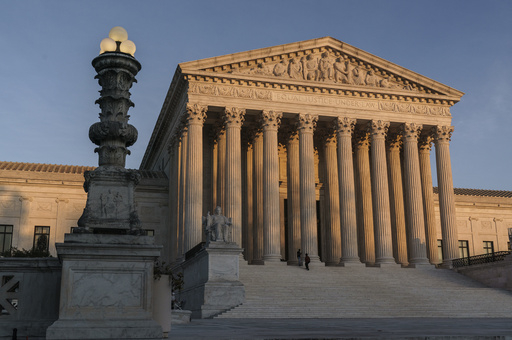In the summer of 1941, James F. Byrnes left his position as a Supreme Court justice after little more than a year to play a crucial role in shaping the country’s wartime economy. Contrastingly, modern-day justices often stay on the bench for decades or, like Ruth Bader Ginsburg and Antonin Scalia, remain in their position until their passing. Nearly half of the 116 individuals who have served as justices died while in office or shortly before retirement.
Currently, a bill is under consideration in Congress to eliminate life tenure for Supreme Court justices, proposing term limits instead. Although there is considerable support from Vice President Kamala Harris and many within her party, as well as the majority of Americans, the chances of this legislation becoming law anytime soon are slim. Justices like Byrnes, who did not see the court as the pinnacle of their careers, offer insight into what justices might pursue if they did not spend their entire careers on the nation’s highest court.
Byrnes, appointed by President Franklin Roosevelt, later played a pivotal role in recommending the use of the atomic bomb against Japan and served as Secretary of State before becoming the governor of South Carolina. His career showcased a departure from the trend of justices coming solely from the political sphere, as was more common in the past.
The recent trend of appointing justices with federal appellate judge backgrounds stems from the high stakes associated with lifetime Supreme Court appointments. While this ensures a solid track record of judicial opinions, it may also limit the breadth of perspectives represented on the court. Discussing the notion of term limits, experts suggest that such a system could bring a more diverse range of experiences to the Supreme Court, enhancing its understanding of public sentiments.
Reflecting on historical instances, it is evident that the boundaries between politics and the judiciary have been more blurred in the past, with justices holding varied backgrounds in public service. Notably, Chief Justice Earl Warren and the first Chief Justice John Jay both transitioned from political roles to the Supreme Court. The debate on whether term limits would lead to the return of justices with broader public life experience continues.
During World War II, justices like Byrnes and Douglas expressed a desire to actively engage in war efforts rather than observe from the sidelines. Some justices even made it known to President Roosevelt that they were willing to leave the court to contribute to the wartime responsibilities. This historical context sheds light on the evolving nature of Supreme Court appointments and the potential impact of term limits on the court’s composition and perspective.





